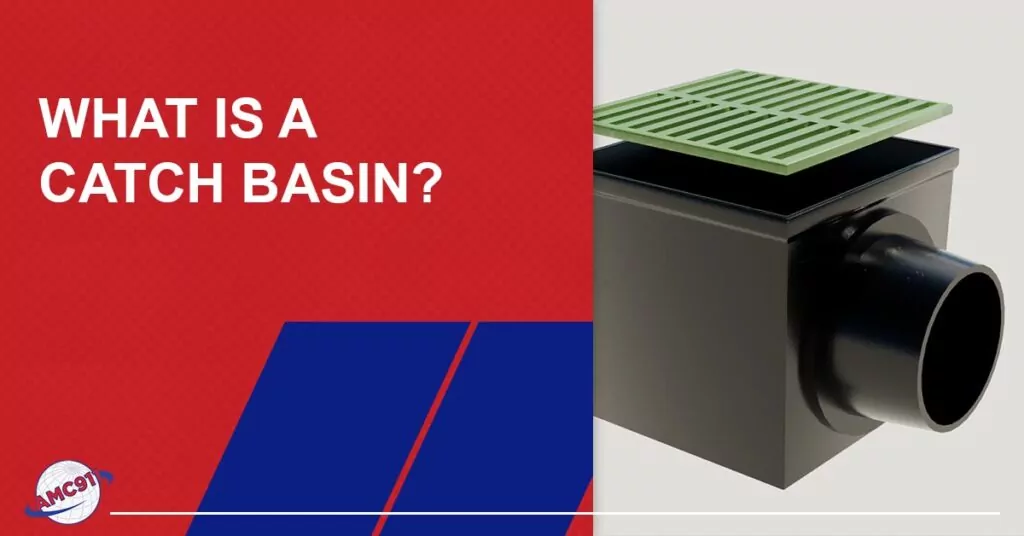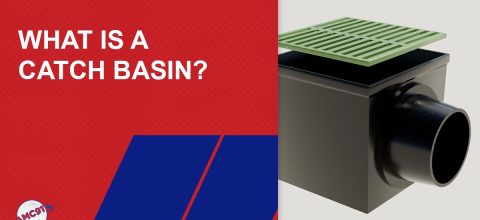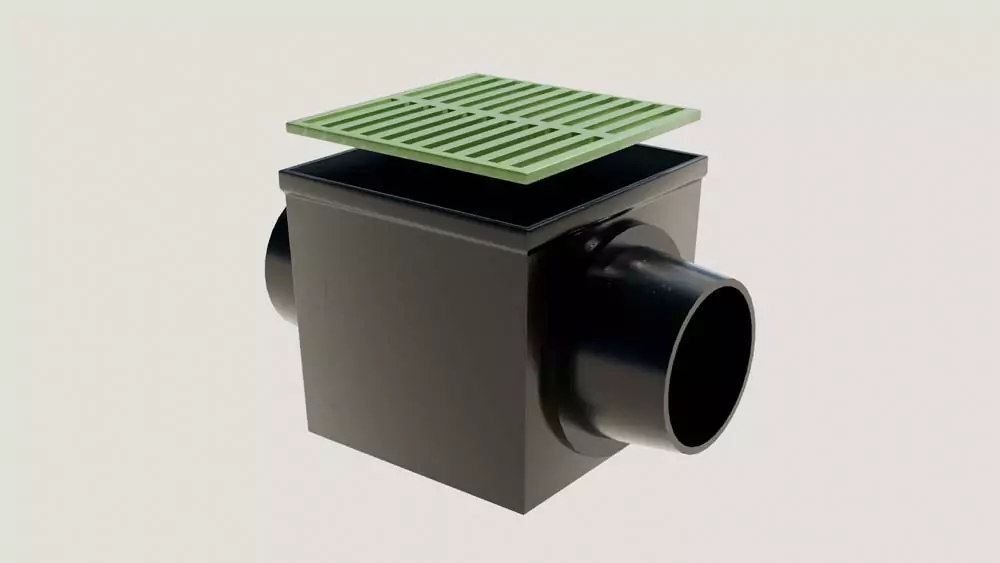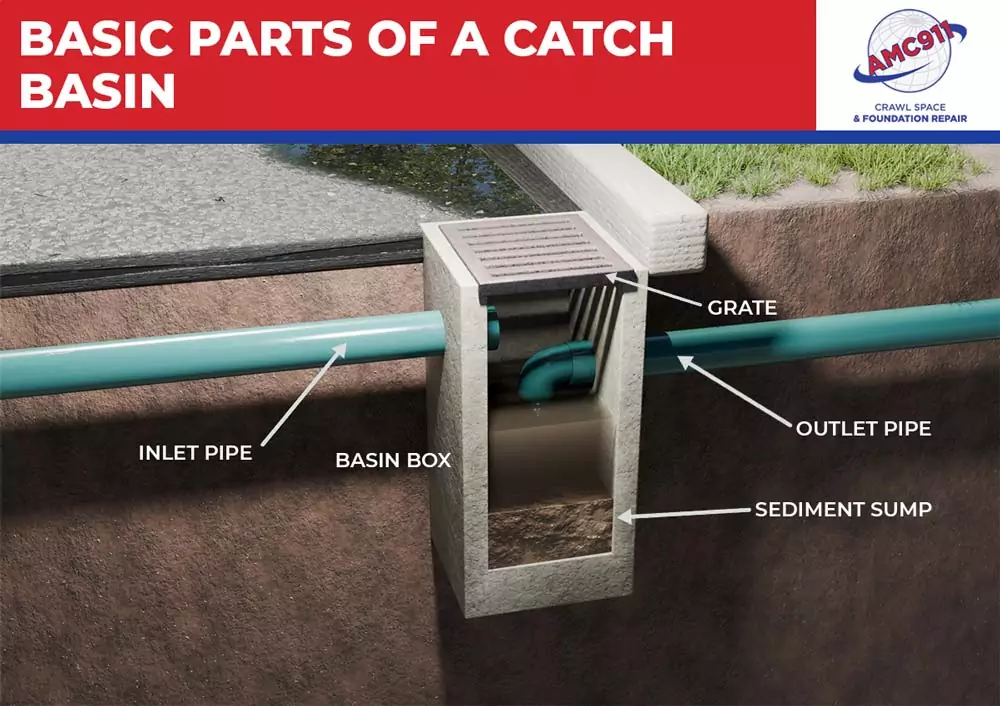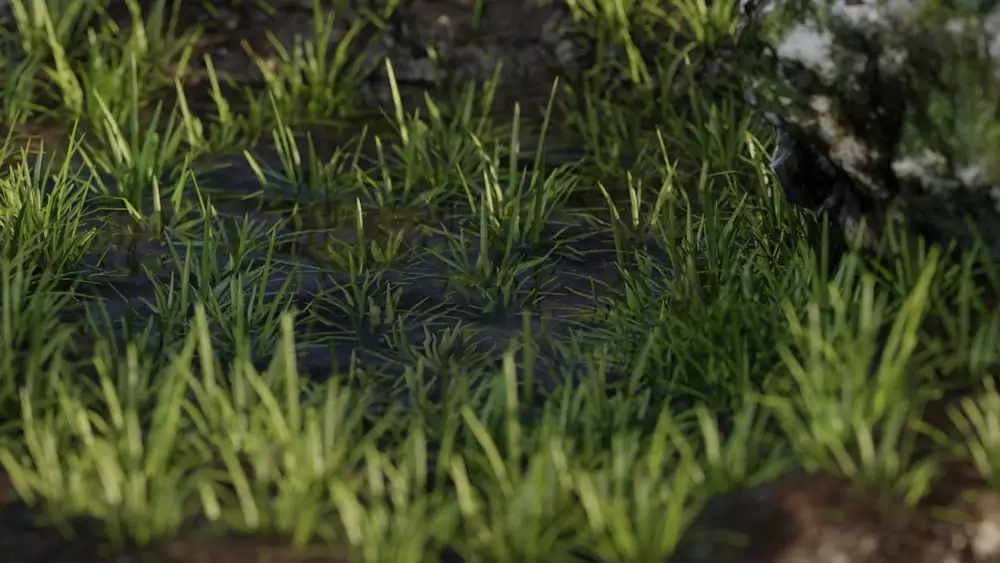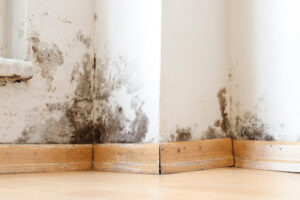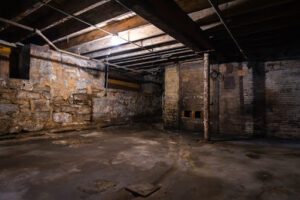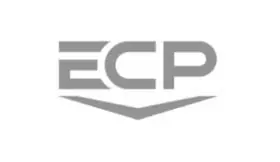As a homeowner, you’ve likely noticed grated openings along the edges of streets and sidewalks, especially after heavy rain. Have you ever wondered what they are and what purpose they serve?
These unassuming structures are called catch basins and are crucial in keeping your neighborhood safe and flood-free. In this blog post, we’ll explore the world of catch basins, explaining what they are, how they work, and why they can be essential for effective stormwater management in your home.
What Is A Catch Basin?
According to Michigan State University, catch basins are storm sewer inlets that filter out debris, including leaves and litter. They are part of surface water drainage and collection systems and are usually found next to street curbs or residential yards. The main function of a catch basin is to gather and redirect excess water during rain events.
Types Of Catch Basins
While they all look similar, different catch basins are used depending on the application and design requirements.
Here are three common types:
- Type 1: A Type 1 catch basin is typically rectangular or circular and has a shallow structure often used in residential areas or locations with low surface runoff. It has a smaller capacity for water collection with a pipe of about five feet and usually features a smaller grate or lid.
- Type 2: A Type 2 catch basin is deeper than a Type 1 catch basin. This type is suitable for areas with moderate runoff, such as commercial properties and public streets. Its maximum depth is 15 feet, which allows for increased storage capacity and sedimentation. Type 2 catch basins can handle larger volumes of water.
- Type 3: Type 3 catch basins are the most robust and can handle the highest volumes of runoff. They are ideal for industrial areas, highways, or commercial places experiencing heavy rainfall. These basins are capable of holding significant amounts of water and are used where effective water management and drainage are needed.
How Do Catch Basins Work?
Catch Basin Components
- Grate or Inlet Cover: This is the top cover that allows water to enter the basin while filtering out large debris.
- Inlet Pipes: Pipes that bring additional runoff water from various sources into the basin.
- Basin Box: The main structure, typically made of concrete, that holds water and sediment.
- Sediment Sump: The bottom area of the basin where sediments settle and accumulate.
- Outlet Pipe: The pipe through which the cleaned water exits the catch basin and is directed toward the next stage in the drainage system.
Water from rain, inlet pipes, or surface runoff enters the catch basin. The grate helps to filter out large debris such as leaves and branches. Once water enters the basin, sediments like sand, silt, and other small particles settle at the bottom due to gravity. This helps prevent these particles from entering downstream pipes and water bodies. The cleaner water flows through an outlet pipe connected to the basin, which then directs the water to either a storm sewer, retention pond, or another drainage system.
Catch Basin Pros And Cons
Catch basins are essential components in residential drainage systems. However, like any drainage solution, catch basins have advantages and disadvantages.
Catch Basin Pros
- Flood Prevention: Catch basins help manage large quantities of stormwater runoff during heavy rain events, preventing localized flooding. They protect homes, gardens, and other structures from water damage by capturing and directing water away from the property.
- Erosion Control: Excessive stormwater runoff can cause soil erosion around the property, particularly on slopes or landscaped areas. Catch basins collect and redirect runoff, helping to preserve the landscape and prevent soil displacement.
- Debris Filtration: Before water enters the drainage system, a catch basin filters out large debris like leaves, twigs, and trash. This helps prevent clogs in the drainage pipes, reducing the maintenance required for the overall drainage system.
- Improved Water Quality: Allowing sediments and debris to settle at the bottom of the basin box enhances the quality of water that is eventually discharged into storm sewers or natural water bodies. This is crucial for maintaining healthy local ecosystems.
- Foundation Protection: Excess water accumulating around a house’s foundation brings about structural issues, such as cracks or foundation movement. By channeling water away from the house, catch basins help protect the foundation and maintain the home’s structural integrity.
- Reduce Moisture in Basements and Crawl Spaces: Water intrusion into basements or crawl spaces can cause mold growth, wood rot, and other moisture-related problems. Catch basins help divert water away from these areas, keeping them moisture-free and reducing the risk of water damage.
- Enhanced Yard Drainage: In areas prone to poor drainage, catch basins can help manage water accumulation in the yard. This is particularly useful for avoiding standing water and creating a healthier, more usable outdoor space.
- Regulatory Compliance: In some areas, local regulations may require property owners to manage stormwater runoff effectively. Installing catch basins can help homeowners comply with these local regulations and avoid potential fines or penalties.
Catch Basin Cons
- Installing catch basins can be expensive, involving excavation, piping, and professional labor.
- Maintenance may be required to remove accumulated debris and sediments to ensure the system functions properly.
- Although they filter out major debris, catch basins can still become clogged with finer sediments, or if not maintained regularly, they can potentially lead to drainage issues.
- A single catch basin may not be sufficient for large properties, requiring multiple units to manage drainage effectively, which can increase the overall cost and complexity.
- Some homeowners might find catch basins unsightly and not in keeping with their landscape design.
- Standing water in poorly maintained catch basins may attract pests like mosquitoes, leading to potential health concerns and nuisances.
What Is The Difference Between A Catch Basin And A Storm Drain?
A catch basin captures and temporarily stores stormwater runoff. It typically has a grate to collect water and debris from the surface. The main function of a catch basin is to filter out debris and keep it from entering the drainage pipes, thereby minimizing the risk of clogging.
A storm drain is primarily designed to transport runoff water quickly and efficiently away from an area to prevent flooding. Storm drains are a network of pipes and channels that move water directly to larger bodies of water like rivers, lakes, or oceans or to treatment facilities. Unlike catch basins, storm drains focus more on rapid water conveyance than just capturing and filtering water.
Catch Basin Vs. French Drain
As mentioned, the main goal of a catch basin is to prevent large debris from clogging the pipes and to manage surface water accumulation.
On the other hand, a French drain, also known as a trench drain, is a gravel-filled trench with a perforated pipe that redirects surface and groundwater away from a specific area. The trench is usually covered with landscaping fabric to prevent soil from clogging the pipe, and the area above may be covered with soil or sod. French drains are particularly effective for controlling groundwater and preventing water from damaging foundations or other structures.
When Do You Need A Catch Basin?
Are you dealing with any of the following issues around your home?
- Standing water
- Water puddles in the yard
- Excessive water near the foundation
- Inadequate drainage system
- Basement or crawl space flooding
If you answered yes to any of these problems, you might need a catch basin. Catch basins are essential in managing excess surface water, which can lead to severe property damage and health issues. They help redirect water away from your home, preventing the problems listed above from escalating.
For professional surface water drainage collection solutions in Virginia Beach and the Entire Hampton Roads Area, call AMC911 for a free inspection. We offer comprehensive drainage services to ensure your property remains safe and dry.

